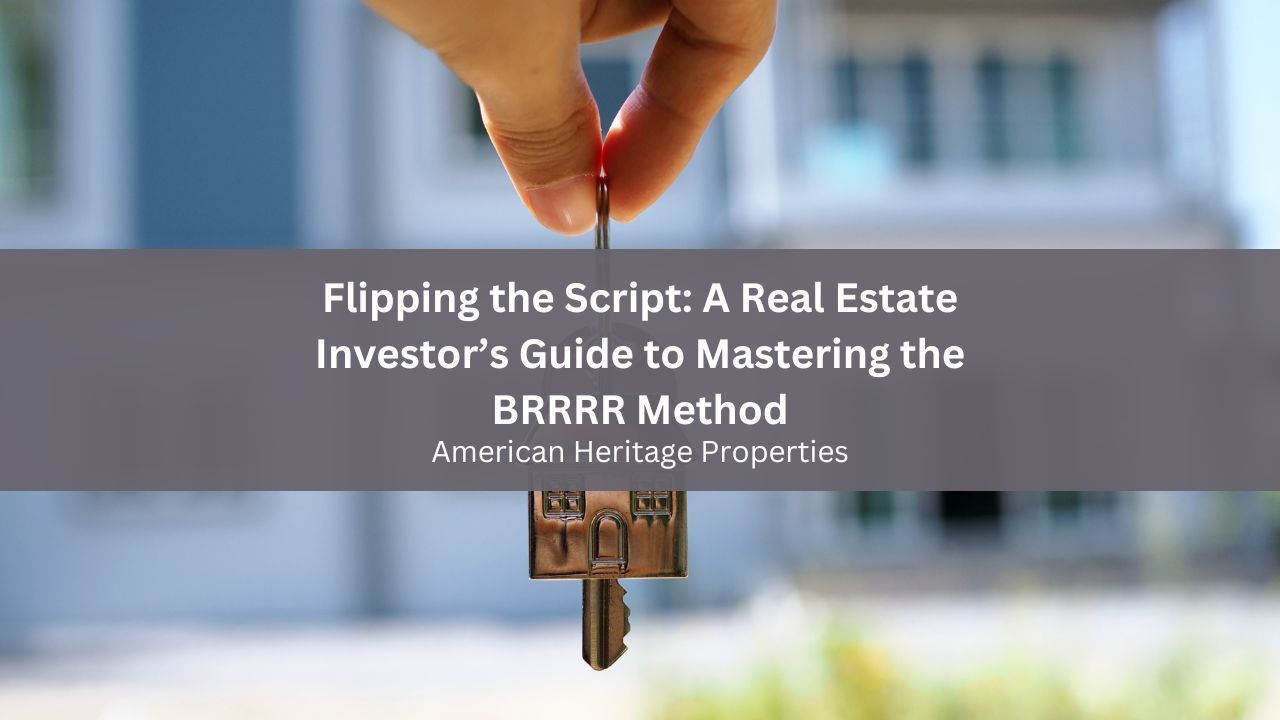Effective Tenant Screening in San Diego, CA

Are you renting out your home in San Diego, California? That's great! Rental properties are a great investment. They allow you to earn a stable passive income through monthly rent, while also benefiting from the rising property appreciation rates. This way, you can build your wealth both over the short and long term!
San Diego is a vibrant city with a strong local economy, a lively arts and culture scene, and plenty of local attractions. This makes it extremely popular among renters and, thus, is a great area for real estate investments.
You should take some precautions when renting out your property, such as screening tenants, drafting a solid lease, and conducting regular inspections.
Things to Know Before Screening Tenants
Before you can begin the tenant screening process, you must familiarize yourself with California landlord-tenant laws. Following these regulations will keep you protected against lawsuits, including claims of discrimination or privacy violations. Compliance also builds trust and credibility with tenants, fostering a better landlord-tenant relationship.

Here are some things to keep in mind when screening tenants for your San Diego rental:
- Screening fees: You can charge applicants a screening fee to make up for the costs of the credit report. The California Apartment Association stated that the maximum a landlord can charge tenants for such fees is $62.02. If you charge prospective tenants a screening fee, you must provide them with an itemized, written receipt.
- Credit reports: Applicants are allowed to purchase reusable credit reports and submit them to multiple landlords within a 30-day period. If you decide to accept such a report from an applicant, you can’t charge them an application screening fee or a fee for accessing the report from a third-party provider.
- Background checks: California rental laws allow landlords to check tenants’ background and history but restrict the way these can be used in the screening process. For instance, you cannot turn tenants away based on arrests that did not result in a conviction or that come from expunged, sealed, or juvenile records.
- Fair Housing Act: When screening tenants, you must comply with both federal and state fair housing laws. This means that you must use the same standardized process for all applicants and avoid turning down applications based on the renter’s race, color, religion, sex, familial status, national origin, disability, and other protected classes.
How to Screen Tenants Effectively
A thorough screening process helps minimize risks,
, and avoid future complications. Here are the steps to the tenant screening process:
Set The Screening Criteria
You won’t be able to find andretain your ideal tenantif you don’t know what you’re looking for in the first place. Before you even start reviewing applications, you must establish your screening criteria.

This includes factors such as income, employment stability, rental history, and credit score. By setting clear standards upfront, you avoid wasting time on applicants who don’t meet your minimum requirements.
Pre-Screen Applicants
With a successful advertising strategy, you can attract a wide pool of prospective tenants. While this means that you’ll have more options to pick from, it also means more work to find the best candidate.
Luckily, you can weed out unsuitable tenants early on the screening process by doing the following things:
- Write an informative rental listing: Your rental ad should include key information such as rent amount, deposit, lease duration, and basic requirements for tenants, such as no smoking or having no pets. This way, tenants who don’t meet your requirements will know not to apply.
- Initial contact with prospective tenants: When a prospective tenant inquires about the property, you can ask them questions such as their move-in timeline and why they are moving. This will help you gauge their potential compatibility.
- Set expectations early on: You must clearly communicate the next steps in the screening process and what documentation the tenant will need to provide. This way, there’ll be no surprises for tenants.
Send Out the Application Form
Once a potential tenant shows interest and passes your pre-screening questions, the next step is to have them fill out a rental application form. This form collects essential information, such as their contact details, employment status, income, and rental history.
Along with the application form, you should ask tenants to submit any necessary documents, such as pay stubs or an ID, as well as their signed consent for
background checks.
Review the Applications
Once you have all the information you need, it’s time to carefully assess each application. This includes the following tasks:
- Conducting background checks: This will help you ensure the tenant has a clean rental history and no red flags in their credit, or eviction history.

- Verify income and employment: This will help you confirm the tenants have a stable job and the financial resources to meet their rental obligations.
- Check rental history and contact references: Speaking with previous landlords is one of the best ways to learn about a tenant’s behavior. You can confirm whether they paid rent on time, adhered to lease terms, and maintained the property.
Assessing the Applicant’s Overall Profile
After gathering all the information from background checks, rental history, and income verification, you’ll need to review the entire profile to make a decision. Consider the applicant’s overall reliability, stability, and ability to pay rent and compare them with your screening criteria to make an informed decision.
Communicate the Decision
Once you’ve chosen a tenant, you must promptly notify them of your decision. Additionally, you must clarify the next steps, including the security deposit and lease signing process. You should also inform the unsuccessful applicants that they have been rejected in a respectful manner.
Bottom Line
The tenant screening process is a crucial step in the leasing process. It helps you ensure that you’ve selected responsible and reliable tenants who will follow lease terms, and take care of your rental property.
While it can seem overwhelming at first, screening tenants can be a very simple process. First, you must familiarize yourself with your local rental laws to ensure you comply with them through the process.
Then, set your screening criteria, pre-screen interested renters, and have them fill out an application form. Then, by carefully reviewing each application and assessing each applicant’s profile, you’ll be able to find the best fit for your rental!
If you need help screening tenants, contact
American Heritage Properties Today!
Share this post









